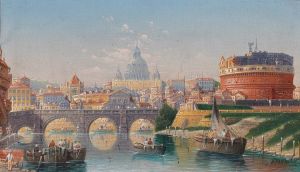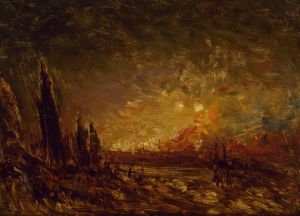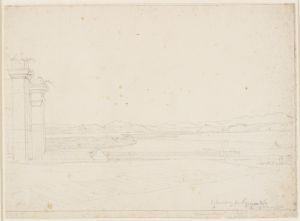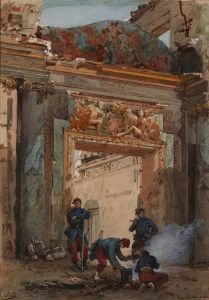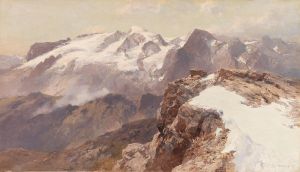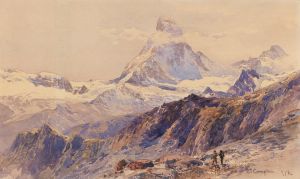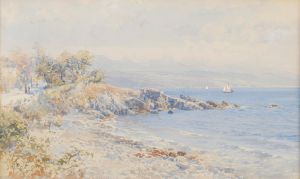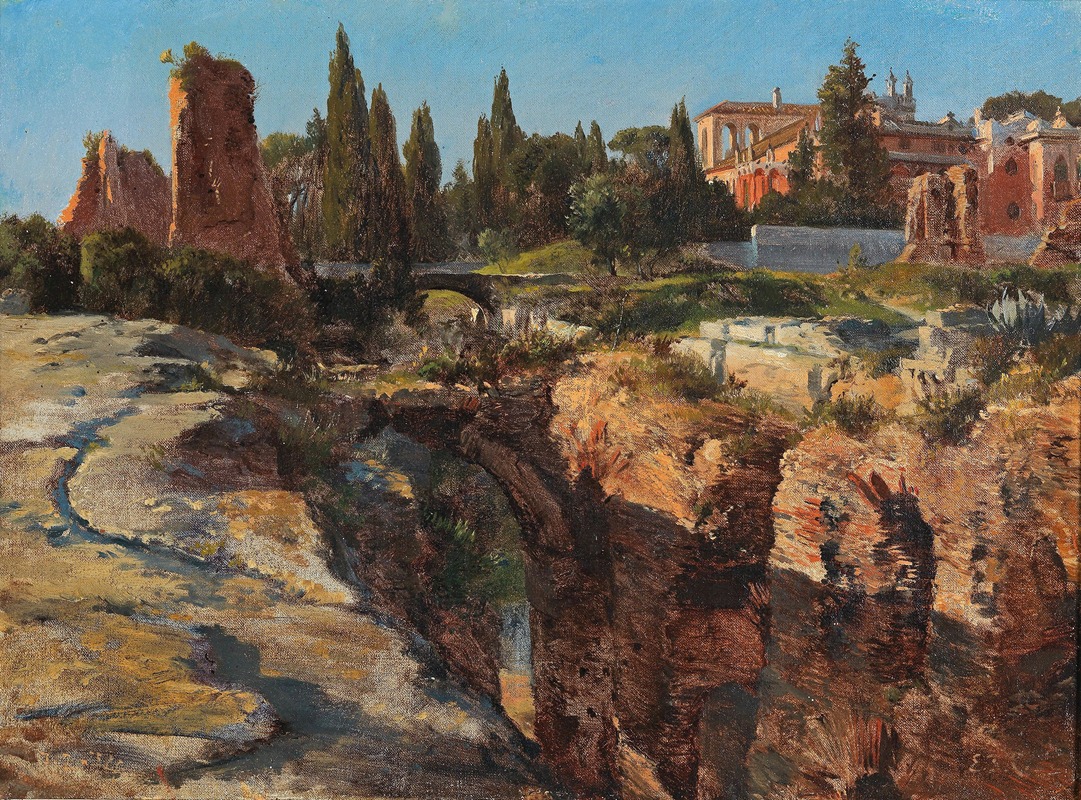
Palatin in Rom
A hand-painted replica of Edward Theodore Compton’s masterpiece Palatin in Rom, meticulously crafted by professional artists to capture the true essence of the original. Each piece is created with museum-quality canvas and rare mineral pigments, carefully painted by experienced artists with delicate brushstrokes and rich, layered colors to perfectly recreate the texture of the original artwork. Unlike machine-printed reproductions, this hand-painted version brings the painting to life, infused with the artist’s emotions and skill in every stroke. Whether for personal collection or home decoration, it instantly elevates the artistic atmosphere of any space.
Edward Theodore Compton, an English-born artist renowned for his mountain landscapes, painted "Palatin in Rom" (Palatine Hill in Rome). Compton was born on July 29, 1849, in London and later moved to Germany, where he spent much of his life. He is best known for his detailed and evocative depictions of alpine scenery, but his artistic repertoire also included other landscapes and cityscapes.
"Palatin in Rom" captures the historic Palatine Hill, one of the most ancient parts of Rome and the centermost of the Seven Hills of Rome. The Palatine Hill holds significant historical importance as it is considered the birthplace of Rome. According to Roman mythology, it was here that Romulus and Remus were found by the she-wolf Lupa that kept them alive. The hill later became the site of the homes of emperors and aristocrats, making it a symbol of Roman power and grandeur.
Compton's painting likely reflects his keen interest in capturing historical and natural beauty. His style is characterized by meticulous attention to detail and a deep appreciation for the natural environment. In "Palatin in Rom," Compton would have employed his skills to depict the ruins and the lush greenery that characterize the Palatine Hill, blending historical architecture with the natural landscape.
The painting is an example of Compton's ability to convey the atmosphere and essence of a place. His works often evoke a sense of awe and reverence for nature and history, and "Palatin in Rom" is no exception. The use of light and shadow, along with the careful rendering of textures, would have brought the ancient ruins and the surrounding landscape to life, offering viewers a glimpse into the past glory of Rome.
Edward Theodore Compton's contributions to art extend beyond his paintings. He was also an accomplished mountaineer, which influenced his artistic perspective. His firsthand experiences in nature allowed him to create works that were not only visually stunning but also imbued with a sense of authenticity and respect for the natural world.
"Palatin in Rom" stands as a testament to Compton's versatility as an artist and his ability to capture the essence of different landscapes, whether they be the rugged peaks of the Alps or the historic hills of Rome. His work continues to be appreciated for its artistic merit and its ability to transport viewers to the places he so vividly depicted.
In summary, "Palatin in Rom" by Edward Theodore Compton is a painting that showcases the artist's skill in capturing historical and natural beauty. Through his detailed and evocative style, Compton brings the ancient Palatine Hill to life, offering a window into Rome's storied past.





